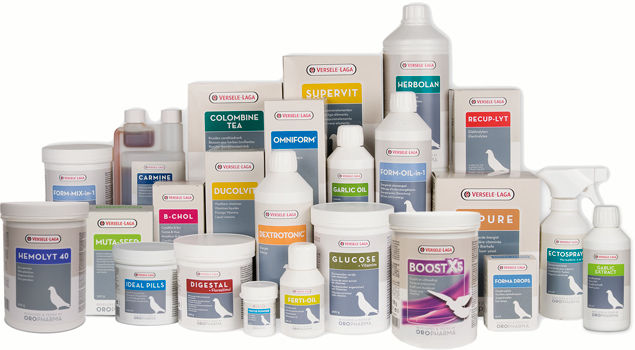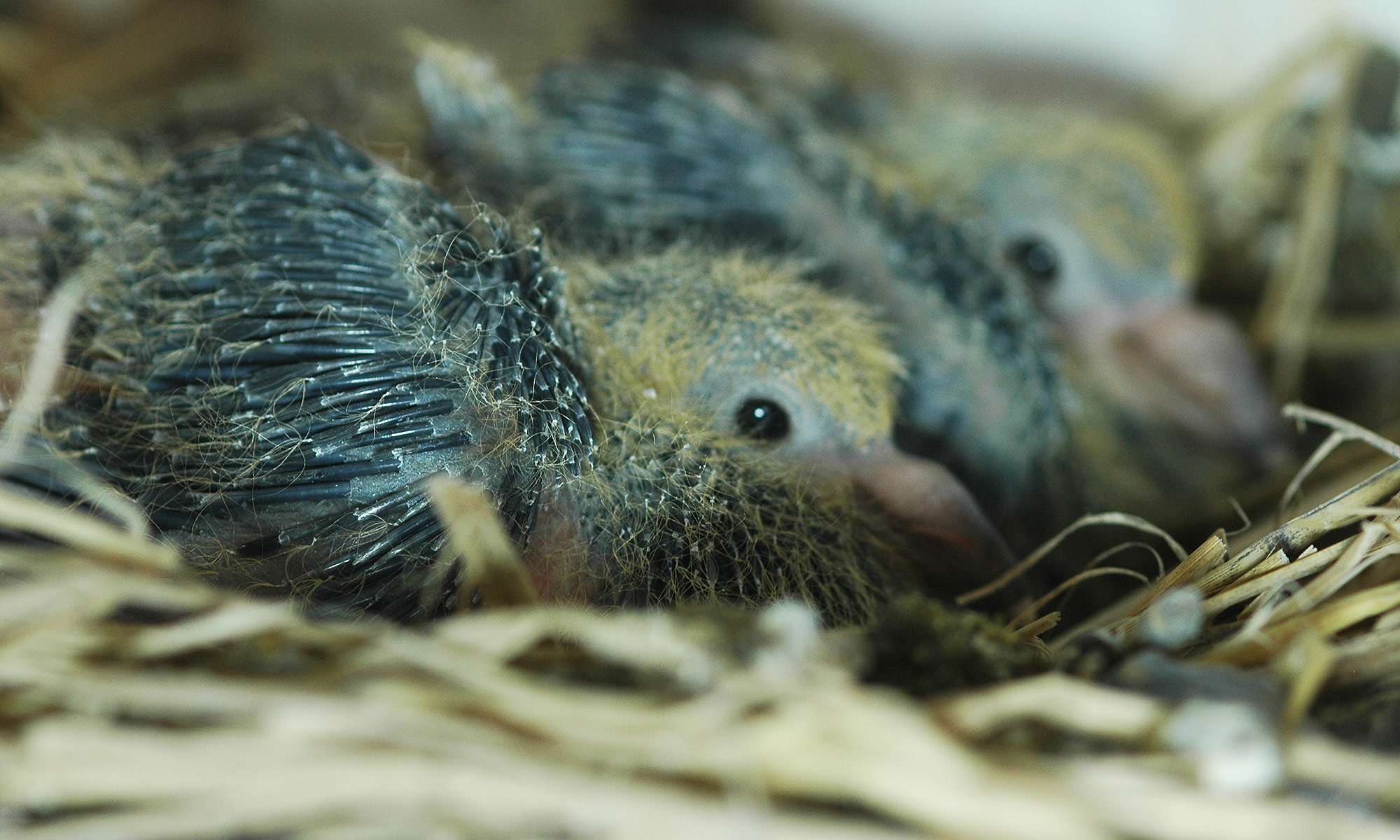
The following chart contains information found during the breeding of Lady Gouldian finches, which I believe can also be applied to pigeons. This material is based on various experiences encountered during the breeding process of Lady Gouldian finches and is intended to serve as a useful reference for those interested in pigeon care and breeding.
Lady Gouldian finches are beloved by many bird enthusiasts for their beautiful and vibrant colors. However, breeding these birds requires particular care and meticulous management. For example, successful breeding necessitates proper temperature and humidity, sufficient nutritional supply, and appropriately sized cages.
This chart includes the main factors necessary for the breeding of Lady Gouldian finches, as well as similar care methods applicable to pigeons. While the two species of birds have different characteristics, the fundamental principles of care can be quite similar. I hope that many people will find this chart helpful for obtaining useful information on pigeon care and breeding and achieving better results.
| Vitamin | Primary Functions | Problems Caused by Deficiency | Sources |
| Vitamin A | Tissue growth, good vision, skin, and bone health | Mouth and esophagus issues, eye function problems | Eggs, vegetables, and fruits | | B1 Thiamine | Important metabolic function, overall growth, maintenance of muscle tissue and healthy nervous system | Leg paralysis, loss of appetite, digestive issues, overall weak constitution | Grains, green vegetables, wheat, various legumes | | B2 Riboflavin | Important metabolic function, skin, feathers, and healthy nails | Crooked or paralyzed toes | Egg whites, malt, green vegetables | | B3 Niacin | Important metabolism, support for the nervous and digestive systems, and hormone production | Low growth, poor coat, scaly dermatitis | Grains and various nuts | | B6 Pyridoxine | Helps produce digestive juices, develops red blood cells and antibodies, supports nerve function and muscle tissue | Loss of appetite and weight, reproductive function impairment | Green vegetables and unrefined grains | | B12 Cyanocobalamin | Necessary for general metabolism | Impaired hatching ability of eggs, bone deformities, growth delay | Egg yolk | | Biotin | Supports important metabolic functions | Impaired hatching ability of eggs, bone deformities, and skin diseases | Nuts and unrefined grains | | Choline | Promotes metabolism of fats and cholesterol, supports the nervous system, liver, and kidneys | Decreased bodily fluids causing liver and kidney disease, fatty liver degeneration, stretched tendons, knee joint abnormalities | Egg yolk, green vegetables | | Folate, Folic Acid | Helps the body consume protein, promotes red blood cell production and tissue growth | Megaloblastic anemia, poor pigment formation, impaired body and feather growth | Unrefined grains, green vegetables | | Pantothenic Acid | Essential for cell metabolism, healthy digestive tract, proper adrenal function | Low growth, poor feather development, skin diseases, impaired liver function, decreased hatching ability of eggs | Peanuts, green vegetables, unrefined grains | | Vitamin C | Helps form connective tissue, aids wound healing, supports red blood cell production | Scurvy in birds mainly feeding on fruit or nectar | Citrus fruits, tomatoes, green vegetables | | Vitamin D3 | Birds cannot consume Vitamin D2, so D3 is necessary for proper skeletal formation, healthy heart and nervous system, and blood clotting assistance. Enables calcium absorption | Rickets, soft eggshells, and egg formation | Sunlight and egg yolk | | Vitamin E | Enhances fertilization ability, blood circulation, and tissue regeneration. Prevents oxidation and degeneration of fatty acids, Vitamin A, and D | Decreased fertilization ability, degenerative muscle diseases, brain softening, severe itching, and swelling caused by hemorrhage | Malt, green vegetables, eggs, soybeans, peanuts | | Vitamin K | Liver function, blood clotting, and general vitality | Decreased blood clotting ability | Green vegetables, egg yolk, soybeans | | Calcium | Essential for bone and muscle growth and development, supports proper heart, muscle, blood, and nervous system function | Poor skeletal development, skeletal abnormalities, soft and weak bones. Essential for egg production | Cuttlefish bone, calcium supplements | | Chlorine | Needed to maintain proper acid-base balance and body fluid balance | Acid-base imbalance, improper digestive function, and decreased body fluids | Oyster shells and other grit | | Iron | Essential part of hemoglobin in red blood cells that carry oxygen, develops healthy blood function | Anemia, impaired oxygen supply to tissues from the lungs, leading to weakened muscles and overall body function | Nuts, green vegetables, soybeans | | Magnesium | Useful for skeletal formation, proper metabolism, and active enzymes | Poor skeletal formation, impaired carbohydrate consumption and amino acid usage | Peanuts, green vegetables, unrefined grains | | Manganese | Useful for bone and blood formation, and regular metabolism by active enzymes | Bone diseases, anemia, decreased metabolism, and weak constitution | Green vegetables, unrefined grains, nuts | | Phosphorus | Basic functions in important metabolism, cell growth and regeneration, digestion of Vitamin B2 and B3, and binding calcium to form bones | Bone diseases, poor skeletal formation, impaired tissue healing and inflammation | Unrefined grains, nuts, eggs, seeds, vegetables | | Selenium | Works with Vitamin E, anti-cancer function | Impaired tissue healing and muscle deterioration | Malt | | Sodium | Helps regulate bodily fluids and maintain the acid-base balance | A below-standard amount can cause dehydration and disrupt the acid-base ratio | Peanuts, leafy greens, unrefined grains | | Zinc | Necessary for everyday metabolism and a component of insulin | Disruptions in metabolism and reduced insulin production can lead to diabetes mellitus | Vegetables, malt, nuts |
|

